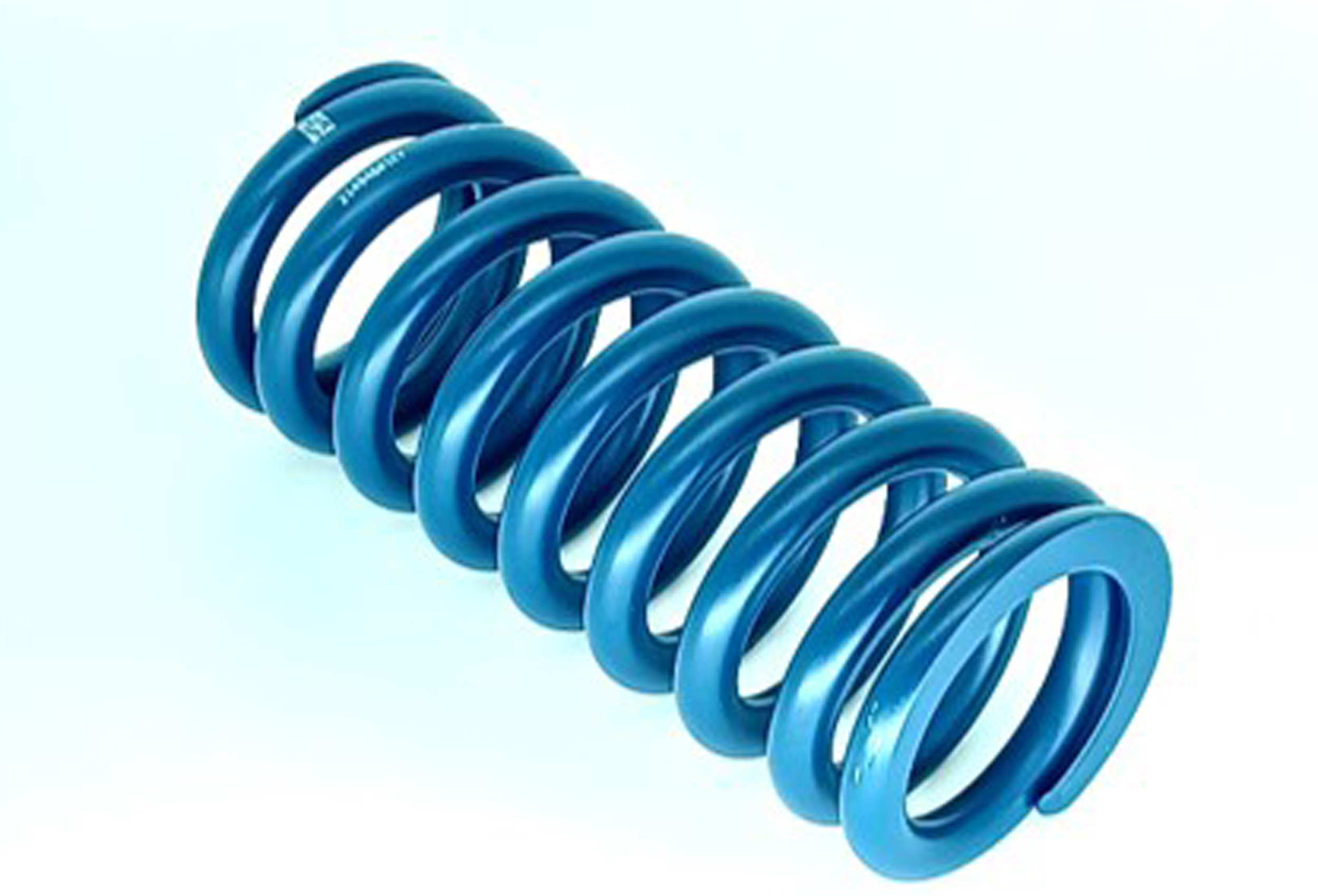Car suspension systems are a critical component of any vehicle, offering the dual benefit of ride comfort and vehicle handling. The suspension system ensures that road shocks are absorbed, providing passengers with a smooth ride while maintaining tyre contact with the road for handling and safety. Over the years, automotive engineers have developed various types of suspension systems to meet the diverse needs of vehicles. In this article, we explore these different systems and their unique features.
Leaf Spring Suspension
Leaf springs, one of the oldest types of suspension, were originally used for horse-drawn carriages and later adapted for vehicles. A leaf spring consists of several layers of metal (usually steel) bound together to act as a single unit. While they are known for their simplicity and durability, leaf springs are mostly found in heavy commercial vehicles such as trucks and vans.
Coil Spring Suspension
Coil springs are the most common type of suspension system found in cars today. They consist of a spring and a shock absorber, also known as a damper. The spring supports the weight of the vehicle and absorbs large bumps, while the damper dissipates the energy produced by the springs compressing and rebounding. Coil spring suspensions offer a good balance between ride quality and handling capability.
Torsion Bar Suspension
Torsion bar suspension systems utilise a steel bar known as a torsion bar which acts as the spring and is clamped to the vehicle’s frame. One end of the bar is attached to the vehicle frame and the other to the wishbone, which acts as a lever that moves perpendicular to the torsion bar. When the wheel hits a bump, it twists the torsion bar, providing resistance against the spring motion. This type is favoured for its adjustability and compact design.
Air Suspension
Air suspension replaces conventional steel springs with air springs, which are essentially tough rubber and plastic bags inflated to a certain pressure and height. It has the advantage of adjustability, as the ride height can be altered by changing the pressure inside the air springs. This type of suspension is common in luxury vehicles and provides a very smooth ride experience.
MacPherson Strut Suspension
The MacPherson strut is a type of car suspension system widely used in modern vehicles. It features a single or double set of arms with a telescopic damper and coil spring around it, providing support directly to the chassis of the vehicle. This design is compact and reduces the amount of space needed for the suspension, making it a popular choice in smaller cars. Transform the handling of your car with apex shock absorbers, and discover the perfect vehicle for your lifestyle.
Multi-Link Suspension
A more complex system, the multi-link suspension, consists of multiple arms or links that allow for a more controlled range of movement. This is advantageous in managing the wheel path and improving vehicle handling. Often found in more premium and performance-focused vehicles, multi-link suspensions offer excellent ride comfort and sharp handling characteristics.
Double Wishbone Suspension
Known for its performance and handling prowess, the double wishbone suspension features two wishbone-shaped arms (upper and lower) attached to the wheel. Each arm has a shock absorber and coil spring to absorb vibrations. This setup allows for better road grip and more precise steering control, making it common in sports cars.
Magnetic Ride Suspension
Magnetic ride suspension is a cutting-edge technology where the dampers contain a magnetorheological fluid with tiny iron particles. When subjected to a magnetic field, the damper’s viscosity can be altered, allowing for real-time adjustment of damping characteristics. This system delivers dynamic handling and ride comfort adaptable to varying driving conditions.
Conclusion
Every suspension type offers distinct advantages tailored to the needs of different vehicles and driving conditions. Whether it’s the durability desired in commercial vehicles or the performance required in sports cars, there is a suspension system designed to match. Understanding the function and benefits of each will allow you to appreciate the engineering behind the comfortable and controlled ride of modern automobiles.
Remember that no matter the type of car you drive, maintaining your suspension system is crucial for the longevity and safety of your vehicle. Regular checks can prevent costly repairs and ensure a comfortable ride for you and your passengers.
